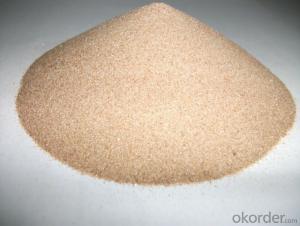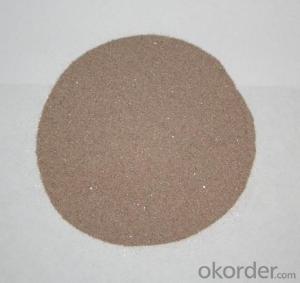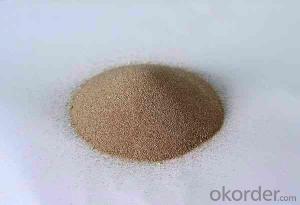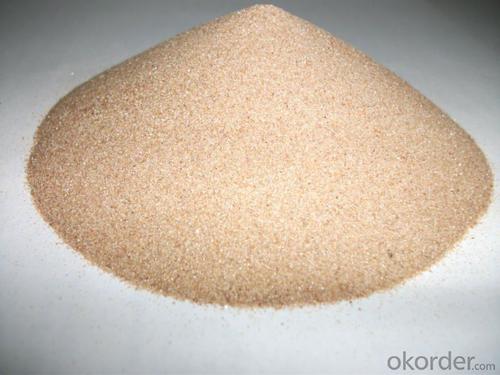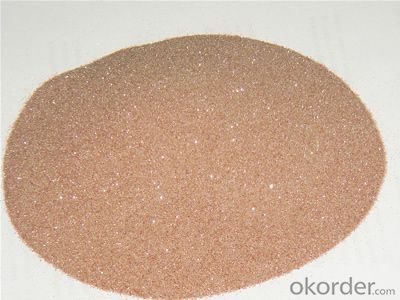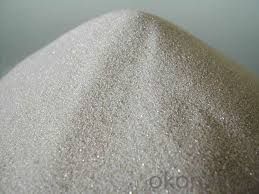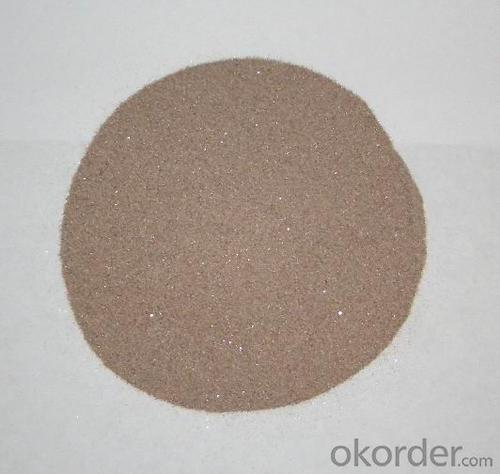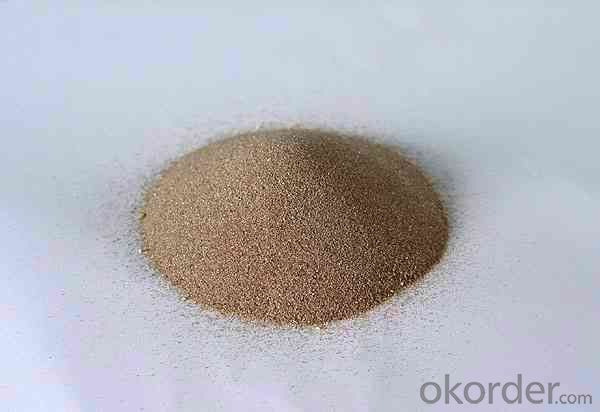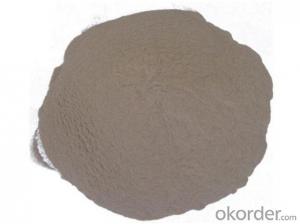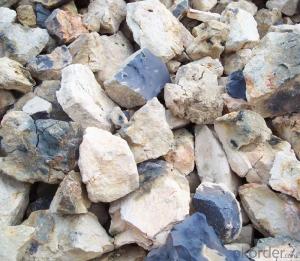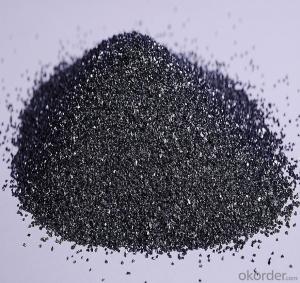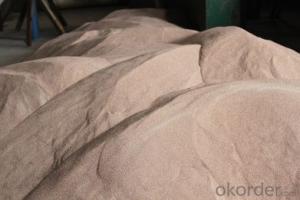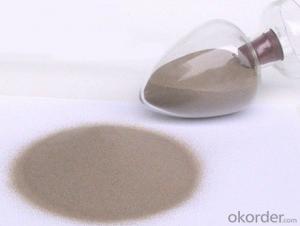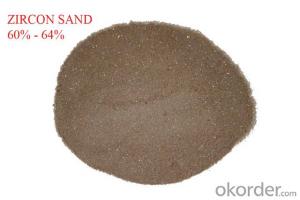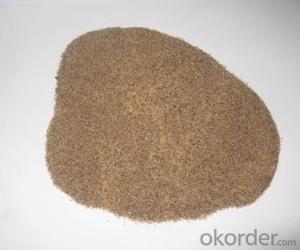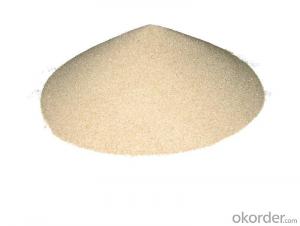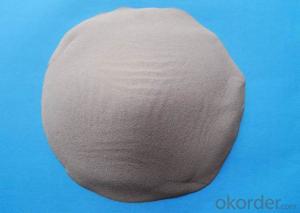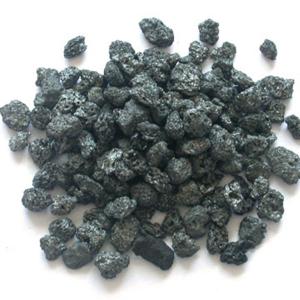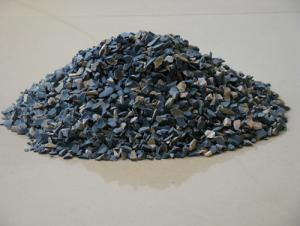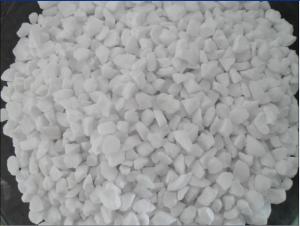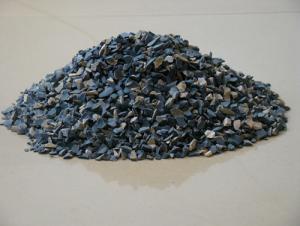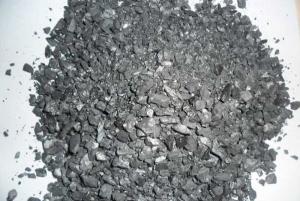Raw Materials for Refractory:High-Quality Zircon Sand and Zircon Flour
- Loading Port:
- Tianjin
- Payment Terms:
- TT OR LC
- Min Order Qty:
- 25 m.t.
- Supply Capability:
- 3000 m.t./month
OKorder Service Pledge
OKorder Financial Service
You Might Also Like
Refractory Material/ Zircon Sand and Zircon Flour Good Quality
1.Structure of Zircon Sand and Zircon Powder
We are offer zircon sand With Below Mention Descriptions: ZrO2 65 - 67 %. We are offer zircon sand With Below Mention Descriptions: ZrO2 65 - 67 %. Zircon is a remarkable mineral, if only for its almost ubiquitous presence in the crust of Earth. It occurs in igneous rocks as primary crystallization products, in metamorphic rocks and in sedimentary rocks as detrital grains.
Further, the mineral due to hardness, durability and chemical inertness, zircon persists in sedimentary deposits and is a common constituent of most sands.
2.Main Features of Zircon Sand and Zircon Powder
1 Tiny, round, solid ball shape provides greater surface area for improved performance and dispersion in its application
2 High refractory rating, lower specific gravity rating, and higher service temperature produces greater yield
3 With lower bulk density, it offers better air permeability for better performance as a result of its overall physical characteristics
4 Lower thermal expansion rate and thermal conductivity produces better results in intense heat environments
5 Standard particle size within each grade is ideal for specific applications
6 Raw material is easily reclaimed multiple times by dry method
7 Physical characteristics produce a lower breakage rate during dry crushing
8 Ceramsite sand is a cost effective, single sand application; no need to mix with other sands
9 Ceramsite Sand is environmentally friendly, reducing pollution and reusing raw materials
3.Main usage of Zircon Sand and Zircon Powder
The zircon sand is mainly used for fireproof materials (commonly called zirconium fireproof materials such as corundum bricks and zirconium fireproof fiber), sand for casting mould in casting industry (precision casting sand) and fine enamelware. In addition, the zircon sand is also used in the production of glass, metal (zirconium sponge) and zirconium compounds (zirconium dioxide, zirconium oxychloride, sodium zirconate, zirconium potassium fluoride, zirconium sulfate, etc.).
4. Zircon Sand and Zircon Powder Images
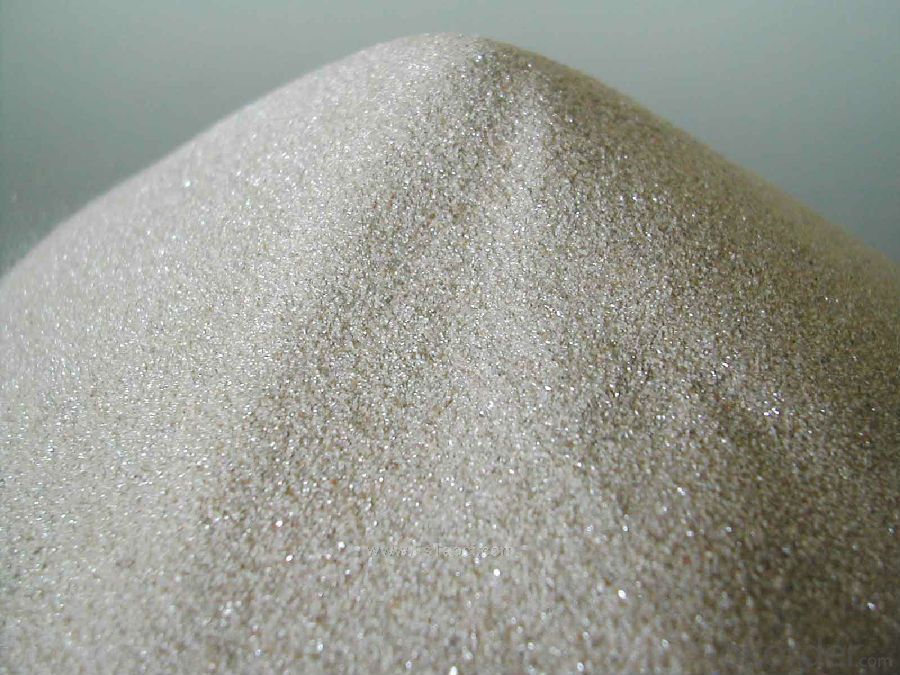
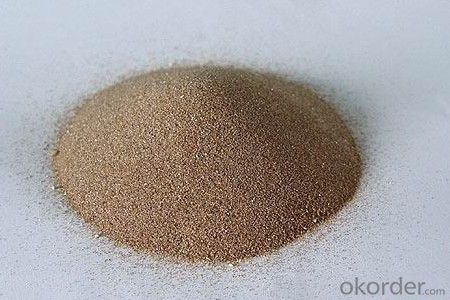
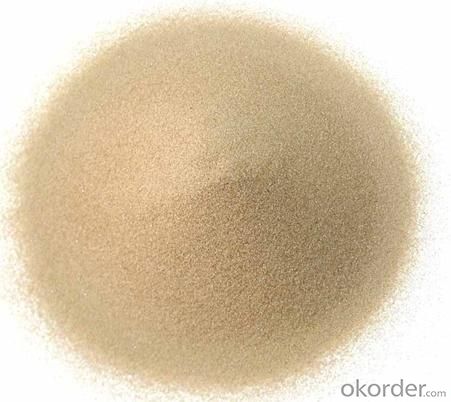
5. Zircon Sand and Zircon Powder Specification
Item | SY8 | SY6 |
Zr Content (ZrO2) | ≥66% | ≥65.5% |
Fe Content (Fe2O3) | ≤0.08% | ≤0.12% |
Ti Content (TiO2) | ≤0.10% | ≤0.10% |
6.FAQ of Zircon Sand and Zircon Powder
1). Q: Are you a factory or trading company?
A: We are a factory.
2). Q: Where is your factory located? How can I visit there?
A: Our factory is located in China. You are warmly welcomed to visit us!
3). Q: How can I get some samples?
A: Please contact me for samples
- Q: How to distinguish the fire?rating of rubber and plastic thermal insulation material?
- According to GB 8624-2006 "building materials and combustion products classification", the division of the material's combustion performance grade is changed from five levels of level A (homogeneous material), A (composite sandwich material), B1, B2 and B3 to seven levels of A1 , A2, B, C, D, E and F or A1f1, A2f1, Bf1, Cf1, Df1, ef1 and Ff1 or A1L, A2L, BL, CL, DL, EL and FL . The level B1 rubber and plastic fireproof and thermal inuslation matertial is the best, but the most commonly used one is level B2. Hope it will help you.
- Q: What characteristics do A grade external wall fireproofing material have?
- 1. Save space and reduce costs; 2. Fireproofing, green and environmental protection; 3. Waterproofing; 4. Sound insulation; 5. Thermal insulation; 6. Install easily and shorten the construction period; 7. High safety performance.
- Q: how about the performance of aluminum silicate fire proof thermal insulation?
- aluminum silicate fire proof thermal insulation board has a good performance. it is a artificial board that separates the wood and plant fiber by mechanical and chemical methods and mixed the adhesion agent and water-proofing?agent, molding by high temperature and high press. MDF(medium density fibre board) structure is more even than natural wood. it avoids rot, moth-eaten and other problems, while medium density fiber board has small expansion and contraction, which is easy to be processed. Since the surface of medium density fibre board is smooth, the board is easy to paste a variety of finishings, which makes furniture more beautiful. A variety of decorative wood-based panel is to embellish their homes.
- Q: what are the requirements of fireproofing material?
- The producing process of fire and moth proof wood: firstly, put general wooden materials into solution with calcium, aluminum and other cations, then soak it into the solution with phosphate radical, silicate and other anions. Thus, the two ions will be carried out chemical reaction in the wood, forming a ceramic-like material, and intimately fill the voids of cells, so that the wood has the fireproofing and mothproof properties.
- Q: What is the acceptance standard of refractory?
- Feeler gauge is used to check the thickness of the refractory brickwork joint. The top of the gauge can not be sharpened. Feeler gauge is of the width of 15mm, length of 100mm and thickness of 1, 1.5, 2 or 3mm. The thickness is eligible when the depth which the feeler gauge is inserted in is less than or equal to 20mm. Ten places should be inspected per 5m2 of masonry surfaces. It is qualified when the condition in which thickness of the brickwork joint is 50% larger than a predetermined depth is not less than five times and it is excellent when the condition is no more than two times.
- Q: What does refractory mean?
- Basic refractory material generally refers to Magnesium Oxide or Magnesium Oxide and calcium oxide as the main component of refractory materials. This kind of refractory material has higher refractoriness and strong resistance to alkaline slag.
- Q: what are the types of piping insulation material fire?rating?
- There are two grades: 1, the organic material: Grade B Grade B1 hard combustion (fire?retardant) 2, inorganic materials: class A no burning it is divided into three levels, attributed to the types of materials!
- Q: What are the differences between thermal?insulation?material and refractory?
- Just as its name implies, Thermal insulation means that it doesn't conduct heat instead it insulates heat inside, while refractory means resistance to high temperature and it will not be out of shape or damaged due to high temperature.
- Q: What are fire resistant level standards of class A fire resistant door?
- Grade standards: class A fire resistant door is an important part of fire-fighting apparatus, and an important step in the social fireproof work. The quality and use of class A fire resistant door is closely related to the success or failure of the fireproof work.. There are steel and wood for class A fire resistant door materials. Only those whose fire endurance is no less than 1.5h can be called class A fire resistant door. In general, the class A fire resistant door internal material is perlite, and still some are vermiculite fireproof board, foam core board, MCcomposite materials, and other fireproofing materials. The thickness of class A fire resistant door is usually 50mm. In places where there is strict requirements for fireproof?performance, class A fire resistant door is often installed.
- Q: How to distinguish the fire resistant level of construction materials?
- There are 3 conditions for building components to reach fire endurance, namely: Loss of ability to support; loss of integrity; loss of fire insulation function. As long as one condition occurs, fire endurance is reached and the time before it is called fire endurance. 1), loss of ability to support: If the specimen bearing capacity and rigidity reduce, section area shrink, collapses or deformation exceeds specified numerical value because it cannot bear the load of original design under flame or high temperature, it loses the ability to support. 2), loss of integrity: It mainly refers to the thin wall separating component(such as stairs, windows,partitions, ceiling, etc.) burst or partially collapse under flame or high temperature, and penetrating?fracture or opening appears, and the reverse side even burn. For example, when the floor is under flame or at high temperature, the flame spread to the upper room, which indicates that the integrity has been damaged. 3), loss of fire insulation function: It mainly refers to that seperating components loses thermal insulation and excessive heat conduction. In experiment, if the average temperature of component unexposed surface exceeds 140 ℃, or if any spot at the unexposed surface exceed the initial temperature of 180 ℃, the component loses fire insulation function.
Send your message to us
Raw Materials for Refractory:High-Quality Zircon Sand and Zircon Flour
- Loading Port:
- Tianjin
- Payment Terms:
- TT OR LC
- Min Order Qty:
- 25 m.t.
- Supply Capability:
- 3000 m.t./month
OKorder Service Pledge
OKorder Financial Service
Similar products
Hot products
Hot Searches
Related keywords
